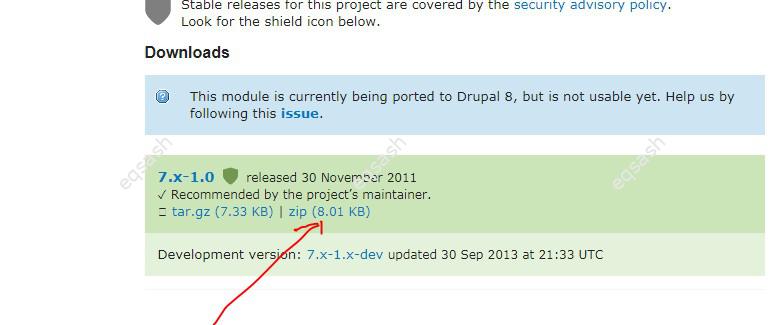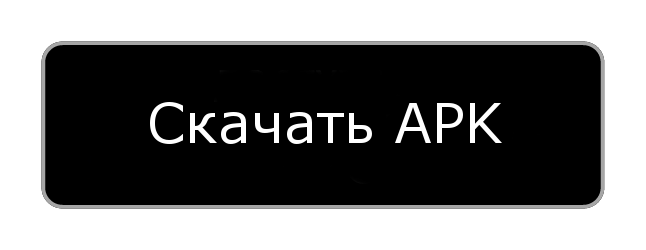How to start developing a website on Drupal
1. Install the required modules, they are available on the official Drupal website - https://www.drupal.org/project/project_module. Modules are selected and downloaded according to the needs of each site. For example, almost all sites need the "Empty Front Page" module (https://www.drupal.org/project/empty_front_page), which makes the site's home page empty. Download the module and unpack the contents of the Zip archive into a special folder at the address - "site root folder / sites / all / modules". Then go in the browser to the address "* / admin / modules", where * is the site name (domain), or just click at the top of the "Modules" panel. Find a new module there, check the box and save. In this way, you can add any other modules that extend the functionality of the site.

2. Blocks can be placed on the home page, which is usually done on most sites. Blocks are managed on the "/ admin / structure / block" page.
3. The main content of the site is the pages. Such pages in Drupal are called materials and it is possible to use different types of materials (for example, a simple page, product, news, etc.). Initially, several types of materials are available, control on the page "/ admin / structure / types". Pages are added simply, you need to go to the address "/ node / add", select the desired type of material and continue. Fill in all the fields on the page, after which the page will be created and it will have its own address. An unlimited number of such pages can be created, they can be changed and deleted if necessary. When the pages are created, links to the most important are usually displayed on the main page using blocks. Also, special menus are created with links to the main sections of the site, from which the visitor can go to the page he needs.
In the basic functionality of Drupal it provides a minimum of possibilities, like any other similar system. All functionality must be added to the site according to your specific needs by:
- downloading ready-made modules, but this method usually does not completely solve the problem, since it is always necessary to sharpen modules according to needs;
- development of program code independently (programming), which allows you to create any functionality on the site and give it any look.
4. You can change the look of your site by choosing a different theme on the / admin / appearance page. You can also download new themes in the same way as modules, only they need to be located in the "root folder of the site / sites / all / themes" folder. Usually a unique website design is needed, so a more or less light theme is taken and redesigned to suit site needs .
5. When everything is ready, the site files and its database uploaded to hosting , after which the site will be available to everyone.
Latest articles
- 03.04.24IT / Уроки PHP Уроки простыми словами. Урок 3. Все операторы PHP с примерами, с выводом работы кода на экран.
- 02.04.24IT / Уроки PHP Уроки простыми словами. Урок 2. Типы данных в PHP с примерами.
- 02.04.24IT / Уроки PHP Уроки простыми словами. Урок 1. Коротко о языке веб-программирования PHP. Основы синтаксиса.
- 09.11.23IT / Database Errors when migrating from MySQL 5.6 to 5.7 and how to fix them - database dump import failed with an error or INSERT does not work. Disabling STRICT_TRANS_TABLES strict mode or using IGNORE
- 08.07.22IT / Misc Convert office files DOC, DOCX, DOCM, RTF to DOCX, DOCM, DOC, RTF, PDF, HTML, XML, TXT formats without loss and markup changes
 2680
2680